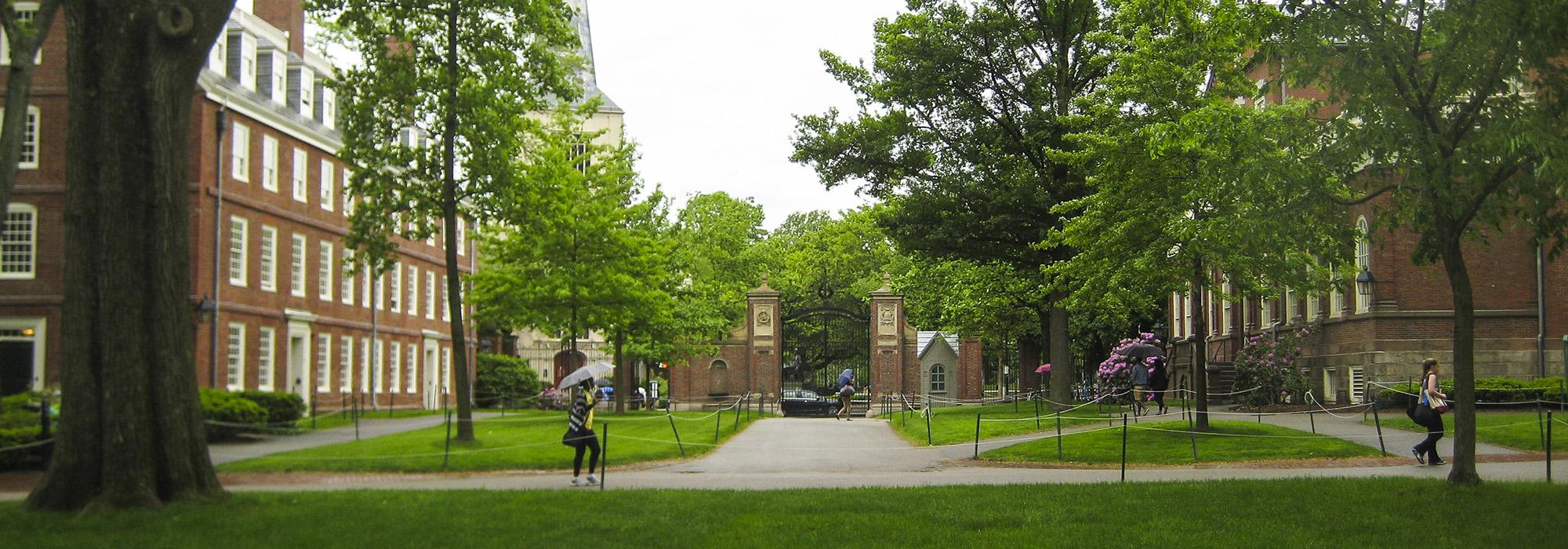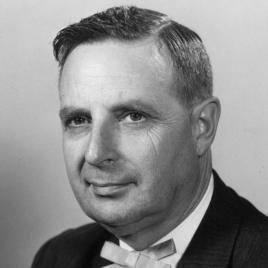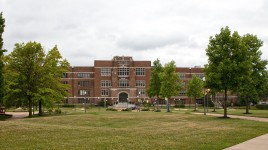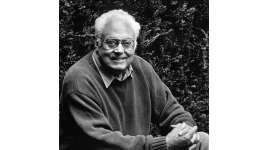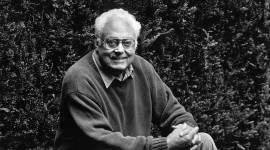Pioneer Information
Born in Hanging Rock, Ohio, Chambers received his B.L.A. from The Ohio State University in 1929, and his M.L.A. from Harvard in 1932. In his final year at Harvard, he worked under Morley Jeffers Williams, conducting research on historical landscapes at Stratford Hall and Mount Vernon, in Virginia.He then began a private practice in landscape architecture, as well as a teaching career at Harvard, rising from instructor (1933) to become a professor (1955) and chairman (1956) of the department. He was known as a scrupulous and rigorous educator: well-known landscape architect Ian McHarg wrote that Chambers’ course in landscape engineering was the most demanding he had ever taken. Many of the rising stars of the profession developed their basic site-engineering skills under Chambers’ tutelage, including Garrett Eckbo, James Rose, Dan Kiley, John Simonds, Carol Johnson, Rich Haag, and Hideo Sasaki. During World War II, Chambers worked on veterans’ housing in Wellesley, Massachusetts; housing for the Navy in Quonset Point, Rhode Island; and defense housing in Tennessee and in New Kensington, Pennsylvania, the latter with Walter Gropius and Marcel Breuer. He worked on the sites of over twenty schools with various architects, including Kelly & Gruzen, The Architects Collaborative, Coletti Brothers, Charles Cole, and (most often) Hugh Stubbins. In the suburb of Lexington, northwest of Boston, he also worked on the Five Fields and Peacock Farms subdivisions and he was involved with the preliminary design for Moccasin Bend Park in southern Tennessee.
Chambers moved to the University of Michigan in 1958 to head its department of landscape architecture and direct the Nichols Arboretum. There he was tasked with re-building the landscape architecture program, and he introduced a new and controversial—but ultimately widely prevailing—curricular structure: the three-year professional degree. From 1948 to 1957, Chambers was a principal in the firm Chambers & Moriece, and his work on housing projects and subdivisions corresponded with his expertise in matters of grading, drainage, and construction methods. In 1977, Chambers was named a Fellow of the American Society of Landscape Architects, in which he had held several offices, and was awarded an honorary doctorate from The Ohio State University that same year.



